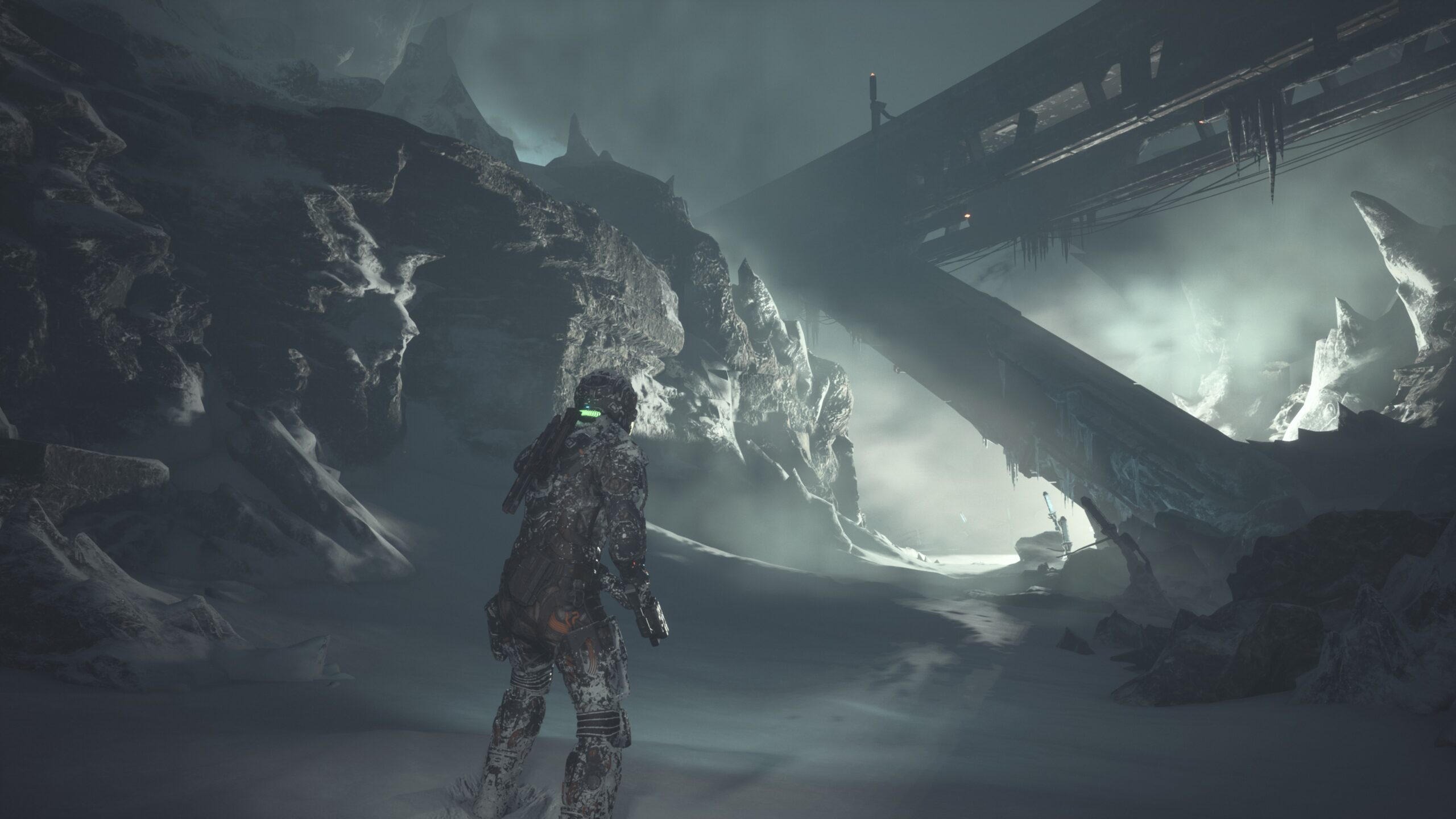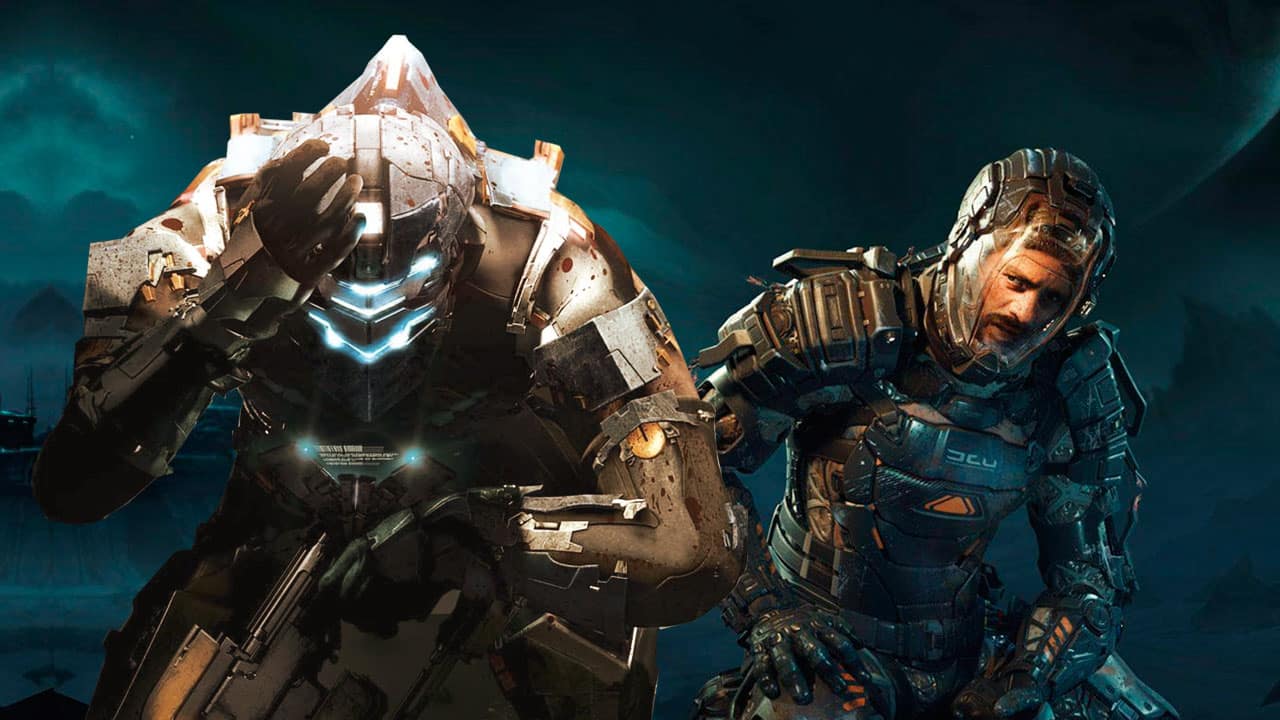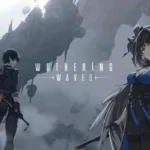The successor of the “Dead Space” series, “The Callisto Protocol,” revives the franchise’s essence, conjuring the familiar sci-fi survival horror ambiance that players experienced when they first set foot on the USG Ishimura in 2008.. With striking detail, the game features vivid blood and gore effects that add a new level of awe to the experience. However, these standout elements cannot mask some of the game’s shortcomings, such as control issues, imbalanced combat, and a general lack of innovation.

Despite the gruesome and satisfying moments, the roughly 8-hour gameplay falls short of the high standards set by the original series. The lack of significant progress in these key areas results in a game that, while still enjoyable, cannot reach the level of greatness that inspired it. Overall, “The Callisto Protocol“ provides fans of the “Dead Space” series with a nostalgic, bloody ride, but it fails to live up to its potential as a true remake.
The Black Iron Prison facility on the moon of Callisto is facing a dire situation as the convicts have taken over and become mutated by a virus. Cargo pilot Jacob Lee, who was wrongly imprisoned, must uncover the cause of the virus and escape the prison planet. This task requires him to traverse the exceptionally well-realized and decaying facility, filled with dangerous lunatics and unsettling corridors.
The journey is fairly linear, but the developer, Striking Distance Studios, has gone above and beyond in creating a unique and creepy atmosphere for each area. From the maintenance room decorated with the remains of prison guards, to the frozen facilities beyond the prison walls, no two passages are ever the same and each area is given its own sense of place. The attention to detail and level of creativity in the design of the facility make for an unforgettable and intense experience.
The Art of Fear: A Journey Through the Putrid Penitentiary of The Callisto Protocol
The lead actors, Josh Duhamel from the Transformers movies and Karen Fukuhara from The Boys, do a fantastic job in their roles, but the true power of the desperation and discomfort experienced by the main characters is conveyed through the breathtaking art direction and audio design. With a tight third-person camera, viewers are given a close look at Jacob’s sweat-drenched scalp in the humid laundry area, the blood-splattered coveralls after each intense encounter, and the revolting sewerage that coats his body after being forced to wade through waste management. The attention to detail in making everything thick, gross, and tangible is reinforced by the unsettling scrapes and sickening squelches in the darkness.
The common technique of masking the loading of new areas with narrow gaps in the terrain is used, but instead of becoming a drag, it fortifies the feeling of dread. As Jacob makes his way through the disgusting and tendril-covered caves of the lower levels of Black Iron Prison, the winces on screen are a reflection of the player’s own feelings of unease. The putrid penitentiary of The Callisto Protocol has a way of locking the player in a state of maximum insecurity.

Revitalizing the Horror Genre: The Callisto Protocol Brings Back the Thrills of Dead Space with a New Twist
The Callisto Protocol is a familiar experience, with striking similarities to the classic sci-fi survival horror game, Dead Space. Lead by Dead Space co-creator Glen Schofield, Striking Distance Studios has created a game that is the epitome of nostalgia and suspense. From the neatly minimalistic HUD that displays Jacob’s health bar like a battery indicator to the satisfying crunch of smashing crates and corpses for valuable resources, The Callisto Protocol transports players back to the haunting world of Dead Space. The combat system, which heavily relies on a battery-powered telekinesis ability, allows players to unleash their inner telekinetic superhero as they hurl objects at their enemies with a flick of Jacob’s wrist. The game also features hints of a mysterious religious cult, blood-smeared instructions on how to slay the infected, and a familiar arsenal of pistols and shotguns. The Callisto Protocol may not introduce any major story or gameplay surprises, but it is sure to provide a thrilling journey filled with jump scares and intense moments.
ALSO READ: One Piece Odyssey Review : Sail the Grand Line with Style
The Callisto Protocol introduces a new twist to the traditional horror experience of Dead Space. With limited weapons and ammo, players must rely on hand-to-hand combat to overcome their mutated and revolting opponents. The close-quarters combat system is reminiscent of a boxing match, as players must dodge and block incoming attacks, before countering with swift strikes from a stun baton. This melee system adds a new level of physicality to the game and it’s both thrilling and satisfying to take down each snarling opponent by breaking their limbs and bashing their skulls with the baton. The heightened emphasis on melee combat in the early hours of the game provides a fresh and pulse-pounding experience.
Close-Quarters Combat and Skill Shots Thrills in The Callisto Protocol
As Jacob’s arsenal expands, hand-to-hand combat remains a wise strategy to conserve ammunition. Every successful strike string creates an opportunity for a deadly “skill shot,” allowing Jacob to quickly eliminate his enemies with a precise shot to their vulnerability, instead of wasting a whole clip. This dangerous approach brings excitement as the third-person camera zooms in to capture every moment of the gory violence as Jacob delivers a fatal dose of bullets to the infected convicts. The thrill of getting close to the action and making the calculated risk-reward choice adds to the intense experience of The Callisto Protocol.

The GRP: A Dual-Edged Sword in The Callisto Protocol’s Combat
Regrettably, that intense feeling of anxiety is not sustained when the GRP is introduced. Though it has the power to levitate most enemies, creating dynamic combat scenarios when paired with various deathtraps and explosive objects in each area, it also results in major threats being neutralized too quickly. It’s like bringing a gun to a swordfight as you enter a room full of ghouls, lift one up and impale them on a spiked wall, toss another into a dangerous mechanism, and finish off a third by launching a saw blade through their midsection before they even know you’re there. It can be exhilarating in a jailbreaking Jedi-like fashion and often leads to gory outcomes, but it takes away from the thrill of the fight.
GRP: a power that ebbs and flows, needing either a gradual recharge or a quick boost from batteries in your possession. I couldn’t rely on it entirely, but in the heat of battle, it gave me a strategic advantage, flinging foes left and right, even on the toughest difficulty level. And at times, I couldn’t help but question if the real monster in Black Iron was me, wielding such devastating force.
ALSO READ: Hogwarts Legacy In-Depth Review | Discover the Magic of Hogwarts
The GRP’s formidable power left me feeling little need to delve into The Callisto Protocol’s arsenal of upgrades. Sure, I upgraded the essentials like larger ammo capacities and reduced recoil, but I never felt compelled to splurge on more elaborate enhancements. After all, why settle for explosive rounds or homing bullets when I had the ability to fling explosive canisters or pick up and drop enemies at will?
Stealth missions were a breeze as well. The introduction of the deadly, blind infected, reminiscent of the “clickers” from The Last of Us, seemed daunting at first. But to my surprise, I found it easy to shiv them to death right in front of other enemies, who didn’t seem to notice despite their comrade’s dying screeches. The real threat were the towering security droids, which could only be defeated with a precise headshot. One misfire and they’d shred you with their powerful cannons. Yet these imposing foes were introduced early on and rarely seen again, making for a strange and uneven challenge.
The Callisto Protocol: A Thrilling But Flawed Survival Horror Experience
The Callisto Protocol boasts a diverse lineup of repulsive enemies, each embodying a familiar survival horror archetype: standard zombies, explosive-vested suicide bombers, and spider-like creatures that scuttle across walls and ceilings. Though familiar, they each bring a unique horror to the table and the satisfaction of obliterating them is unmatched. As you progress, the introduction of a regenerative ability raises the stakes, allowing basic enemies to transform into more formidable brutes if wounded but not defeated. This ramps up the intensity of encounters, especially in a pulse-pounding sequence where you’re surrounded by hordes of power-up attackers on an underground drilling platform. It’s a moment that will have your heart racing and your adrenaline pumping.

However, the much-touted “quick weapon swap” feature in The Callisto Protocol proved to be a major source of frustration. The animation of switching weapons is slow and easily disrupted, making it difficult to effectively change weapons during high-pressure battles, particularly when facing the twin-headed tank-like mini-boss where ammunition quickly runs low. This resulted in many moments of missed opportunity, as I’d attempt to switch weapons but end up still armed with the same one after dodging an enemy attack. Despite these clunky controls, the boss fights were underwhelming, lacking the creative and exciting challenges I was hoping for.
The Callisto Protocol, while a thrilling and immersive game, is not immune to certain limitations that can detract from the overall experience. One such limitation is the automatic pickup of items in chests, which can be a nuisance for players who want to control what they collect. This can result in cluttered inventory and force players to constantly switch between the game and inventory screen, disrupting the flow of gameplay.
Another aspect that detracts from the game is the limitation on listening to audio logs. Unlike games like Dead Space and BioShock, where audio logs are integrated into the environment and serve as eerie accompaniments to the player’s exploration, audio logs in The Callisto Protocol can only be accessed through a menu and require the player to be standing still. This takes away from the immersion and adds an extra layer of inconvenience.
ALSO READ: Forspoken Review : Rise of Forgotten Hero
Finally, the repetition of jump scares can become tiring and detract from the overall atmosphere of the game. The facehugger jumping out of a locker, for example, might have been effective the first time, but by the sixth or seventh instance, it feels like a forced joke rather than a legitimate scare. These limitations, while minor, can add up and detract from the overall experience of playing The Callisto Protocol.
The brevity of The Callisto Protocol’s story is just right, but once it’s over, there’s not much else to keep you engaged. While the promise of a New Game+ mode may add replay value in the future, as of now there’s a glaring absence of any meaningful bonuses or alternative modes to keep players coming back. It feels as unsatisfying as an undersized prison cot.
Verdict
The Callisto Protocol is a game that offers a unique and intense experience for players. Set in a futuristic and distant space environment, it immerses players into a world of action and horror, filled with a variety of repulsive enemies. The game features a linear design which ensures minimal backtracking, but at the same time, it sacrifices its survival horror roots, giving players an advantage in the combat system and making it less frightening and more action-packed. Despite this, the art and audio design in The Callisto Protocol are top-notch, creating a spectacular slaughterhouse that is truly a feast for the senses.
However, The Callisto Protocol also lacks innovation. Many of the elements in the game have been seen before in similar survival horror games, making it feel like a mimic of what has come before. Additionally, the game offers limited replayability, with no interesting unlockables or alternative modes to keep players engaged after beating the campaign.
In conclusion, The Callisto Protocol is an enjoyable and gory spiritual successor to the Dead Space series, but it fails to offer something truly new and different. It is a game that is perfect for players looking for a thrilling and action-packed experience, but for those who crave a more traditional survival horror experience, it may come up short.
FAQ’s:
What is The Callisto Protocol?
The Callisto Protocol is a survival horror game set in a space prison on the moon of Callisto, where players control cargo pilot Jacob Lee as he tries to escape the prison and uncover the cause of a virus outbreak.
What are the key features of The Callisto Protocol?
The Callisto Protocol features a unique and creepy atmosphere, breathtaking art direction and audio design, intense third-person camera, tight hand-to-hand combat system, and a familiar experience to the classic Dead Space game.
What is the atmosphere like in The Callisto Protocol?
The Callisto Protocol’s atmosphere is revolting, thick, gross and tangible, with attention to detail in making everything look and sound real. The facility is filled with dangerous lunatics and unsettling corridors, making the journey unforgettable and intense.
What is the combat system like in The Callisto Protocol?
The Callisto Protocol features a hand-to-hand combat system, reminiscent of a boxing match, as players must dodge and block incoming attacks and counter with swift strikes from a stun baton. The melee system adds a new level of physicality to the game, and players can also use a deadly “skill shot” for quick elimination of enemies.
What are the standout elements of The Callisto Protocol?
The standout elements of The Callisto Protocol include the revolting and creepy atmosphere, breathtaking art direction and audio design, and the intense third-person camera that zooms in to capture the gory violence.
What is the gameplay like?
The gameplay involves linear exploration of the prison facility, where players face dangerous lunatics and must rely on hand-to-hand combat and limited weapons to overcome obstacles. The combat system is a mix of melee and ranged, with a tight camera that emphasizes the gory violence.
How does it compare to Dead Space?
The Callisto Protocol has similarities to the classic sci-fi survival horror game Dead Space, including a minimalist HUD, telekinetic abilities, and a mysterious religious cult. However, it also introduces new elements such as hand-to-hand combat and a closer camera perspective on the violence.
What is the atmosphere like?
The atmosphere of The Callisto Protocol is creepy, intense, and graphic. The facility is designed with striking detail and each area is given its own sense of place, while the audio and art direction convey the desperation and discomfort experienced by the main characters.
What is the length of the game?
The game is roughly 8 hours long.






